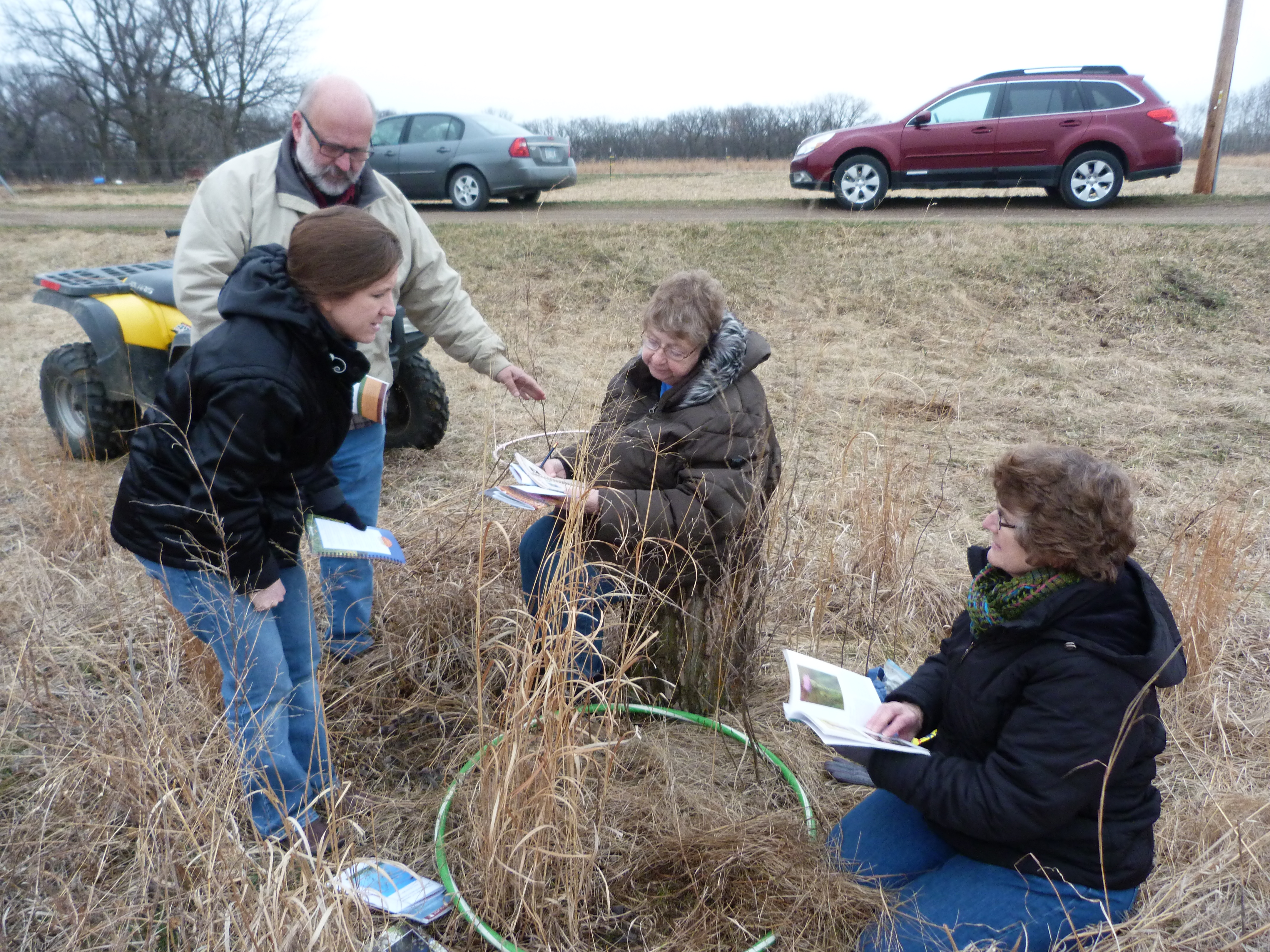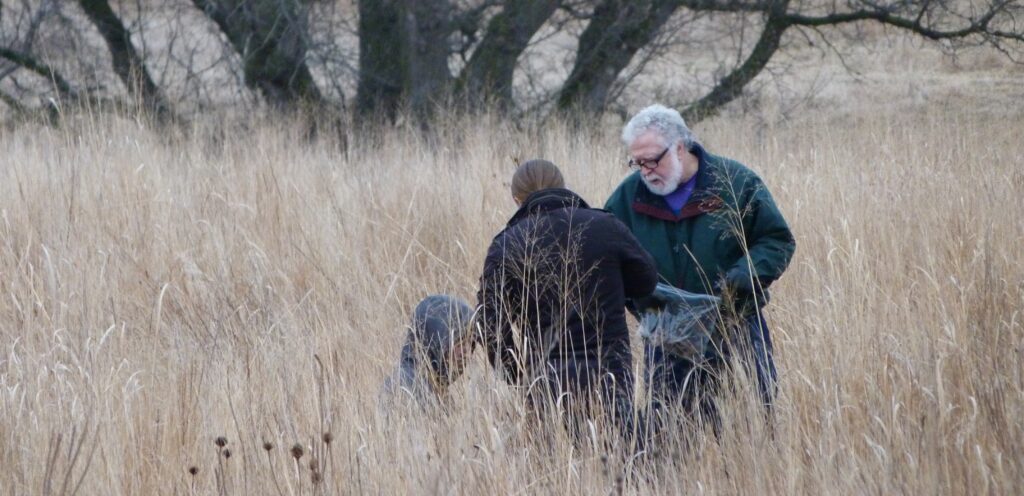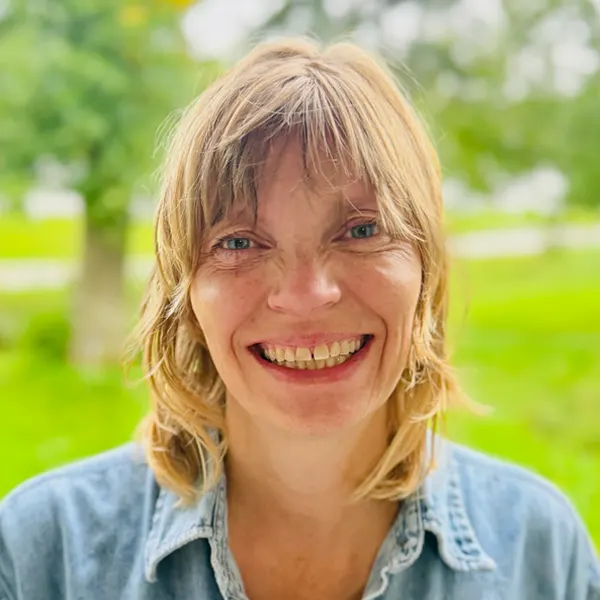If you have ever been on a hike and wondered how that large boulder got in the middle of that farmer’s field or discovered a new flower on the prairie, we have just the opportunity for you. This coming spring CURE will be hosting a Prairies and Potholes Biome Minnesota Master Naturalist volunteer training.
As the CURE Events & Adventures program moves into 2016, CURE members and others can expect more opportunities to learn about the Prairies and Potholes Biome (region) of southwestern Minnesota. CURE will build upon our partnership with the Minnesota Master Naturalist program in providing a greater number of content driven programs. In addition to providing a great basis for outdoor programs, it will work to increase participant’s knowledge and interest in the overall environmental health of the Minnesota River Basin.
What is a Minnesota Master Naturalist Volunteer?
Any adult who is curious and enjoys learning about the natural world, shares that knowledge with others, and supports conservation can be a Minnesota Master Naturalist Volunteer. If you enjoy hiking, bird watching, following tracks, or identifying wildflowers, you’ll love being a Minnesota Master Naturalist Volunteer. Minnesota Master Naturalist Volunteers are a motivated group of fun and interesting people: teachers, retired professionals, nature guides, hunters, eco-tour operators, farms, many CURE members and…YOU!
This unique and educational program is designed to give the participant an overview of the overall ecology of a specific biome (region). Here in the Upper Minnesota River Basin we have both tall grass prairie and wetlands and we are located in the Prairies and Potholes Biome. This training covers geology, biology and ecology of the land and water, animal wildlife and the history of the region.
This is a certificate based program and once you take the course, you become an asset for non-profits and other organizations where you can present your knowledge about whatever you are passionate about. For some, it is birds, freshwater mussels, native prairies, waterfowl, insects or geology. The course is designed to take your passion and help you connect it to the larger regional ecology and history. Master Naturalists are often asked to help with projects that need to done at State Parks or in Scientific and Natural Areas (SNA’s) that require just a bit more knowledge than the average volunteer. Some people take the course to become a better volunteer and others take it purely for self-interest and enjoyment.

How do I become a Minnesota Master Naturalist?
You must register in advance at minnesotamasternaturalist.org, the fee is $275 and there are a limited number of partial scholarships available.
If you have questions about either one of these training opportunities you may contact Peg Furshong, CURE’s Events & Adventures coordinator, by calling 320-269-2984 or emailing her at [email protected].
Blog post and photos by Peg Furshong, Director of Operations & Constituent Relations.


